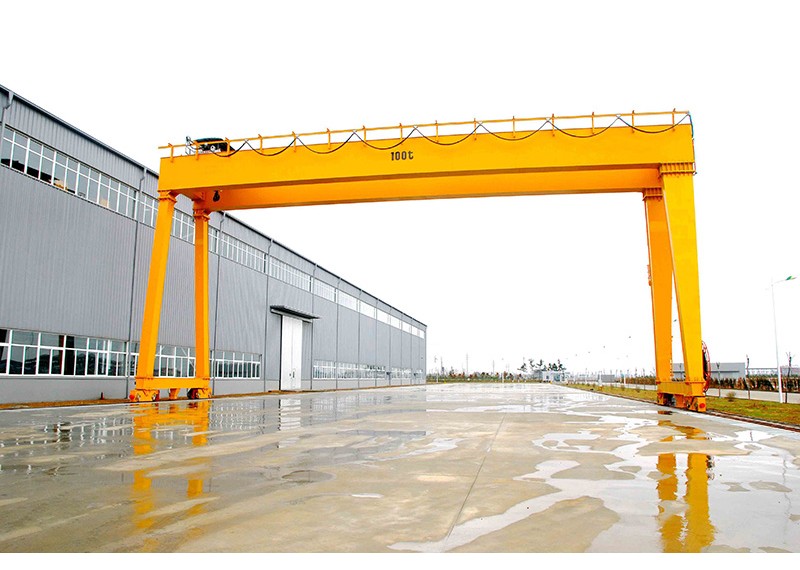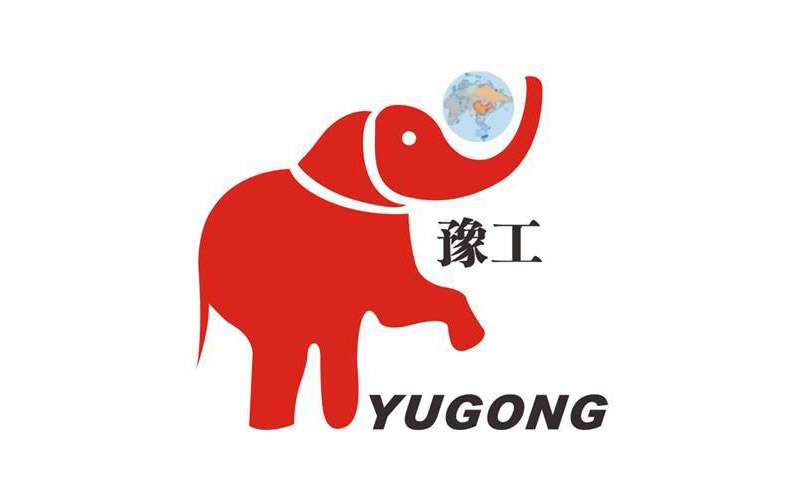
Common types and causes of crane loss accidents
rane loss accidents refer to accidents in which heavy objects such as hoisting loads and spreaders fall from the air and equipment damage during lifting operations. Loss accidents are relatively common among the equipment accidents, and they are also more serious. Next, the editor introduces the main types of equipment loss accidents and the causes of the accidents. Let’s take a look!
1. Detachment accident:
Left-rope accident refers to a casualty and destruction accident caused by heavy objects falling off the tied hoisting ropes and collapsed. The main reason for the detachment accident is the improper binding method and essentials of the heavy objects, which caused the heavy objects to slip; improper selection of the lifting center of gravity, resulting in partial load lifting or heavy lifting due to the instability of the lifting center; Unsteady due to vibration, etc., causing heavy objects to fall.

2. Decoupling accident:
Decoupling accident refers to the accident of heavy objects falling out caused by heavy objects, hoisting ropes or special slings coming out of the hook mouth of the hook. The main reason for the unhooking accident is the lack of the hook protector for the crane hook; the function of the hook protector fails; the improper hoisting method and the deformation of the hook mouth of the hook cause the opening to be too large.
3. Rope broken accident:
The main reasons for the breaking of the hoisting rope are mostly overloaded lifting and breaking the wire rope; the failure of the lifting limit switch causes the wire rope to be broken by overwinding; the oblique hoisting and diagonal pulling cause the rope to crush and cut the wire rope; the wire rope lacks maintenance due to long-term use Breaking accidents caused by fatigue deformation, wear damage, etc. that meet or exceed the scrap standard and still use.
The main reason for the breaking of the hoisting rope is that the hoisting angle is too large> 120 degrees, which causes the hoisting rope's tensile strength to exceed the limit value and break; the hoisting wire rope is not properly selected, or the wire rope that has reached the scrap standard is still used to bind and hoist heavy objects. Causes the lifting rope to break; there is no protective measures such as gaskets in the contact between the lifting rope and the heavy object, which causes the edges and corners to cut the wire rope and the lifting rope breaks accident.
4. Hook breaking accident:
Hook breaking accident refers to the accident of heavy object loss caused by the breaking of the hook. The cause of the hook breaking accident is mostly the defective hook material. The hook is still used or is often overloaded due to long-term wear and tear, and the cross-section has been reduced.
Crane loss accidents mainly occur in the winding system of the hoisting mechanism. In addition to detachment, disconnection, rope breakage and broken hooks, the fixing of both ends of each hoisting wire rope is also very important, such as the ultimate safety of the wire rope on the drum. Whether the loop can be guaranteed to be more than 2 loops, whether there is a drop limit protection, whether the steel wire rope is fixed on the drum device by the pressure plate and the wedge fixing structure is safe and reasonable.


